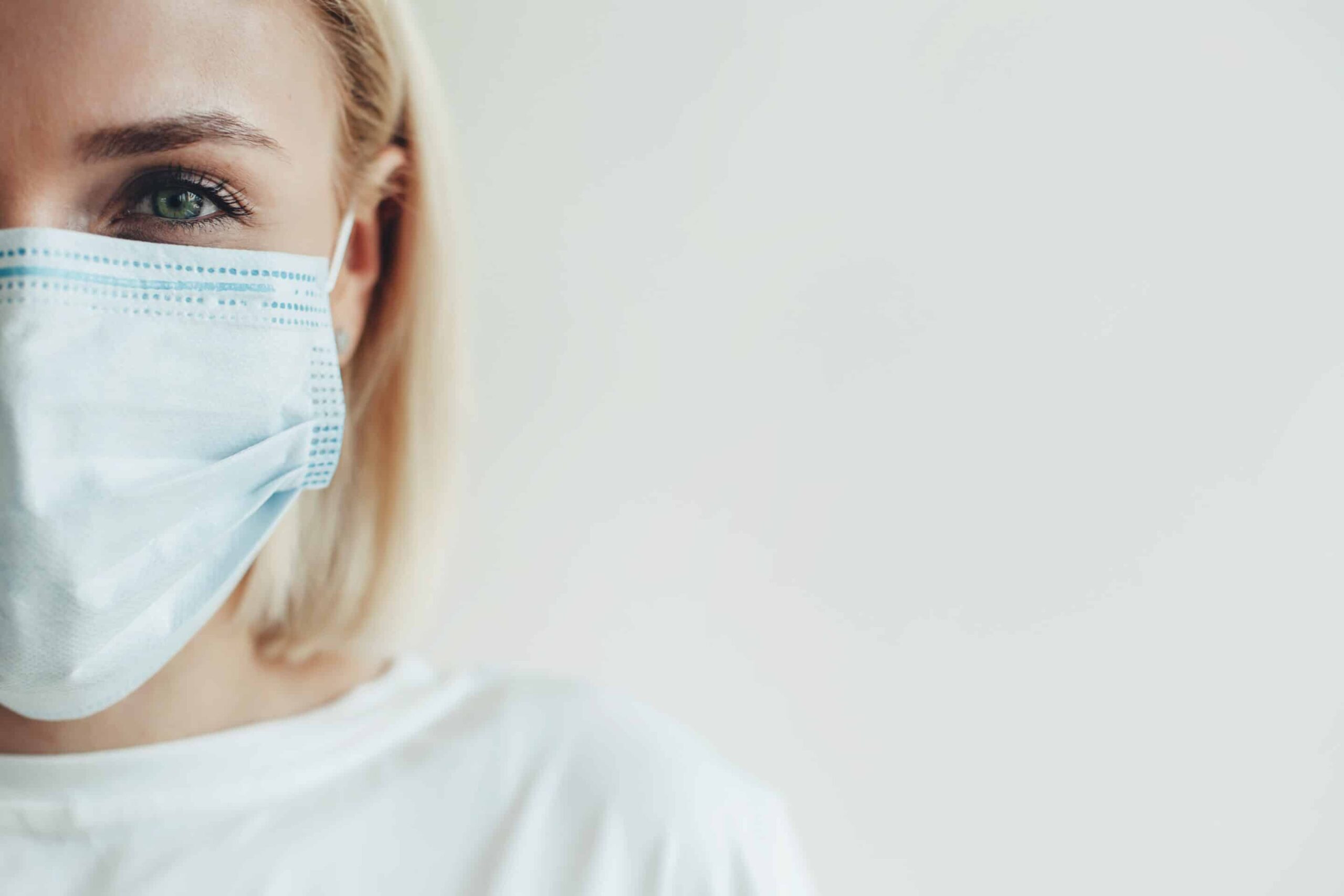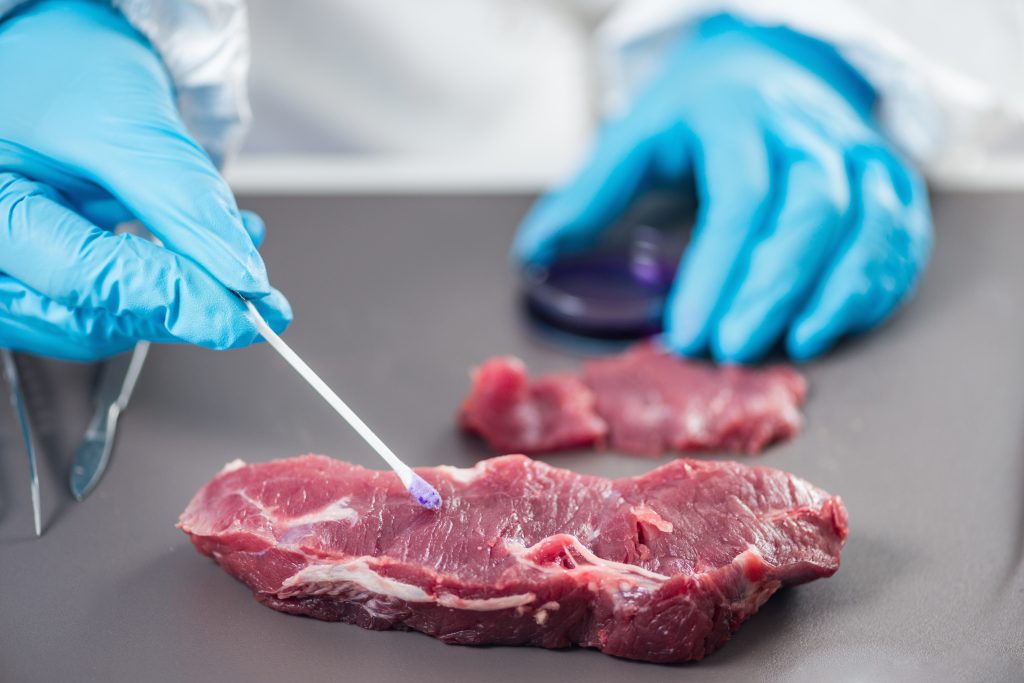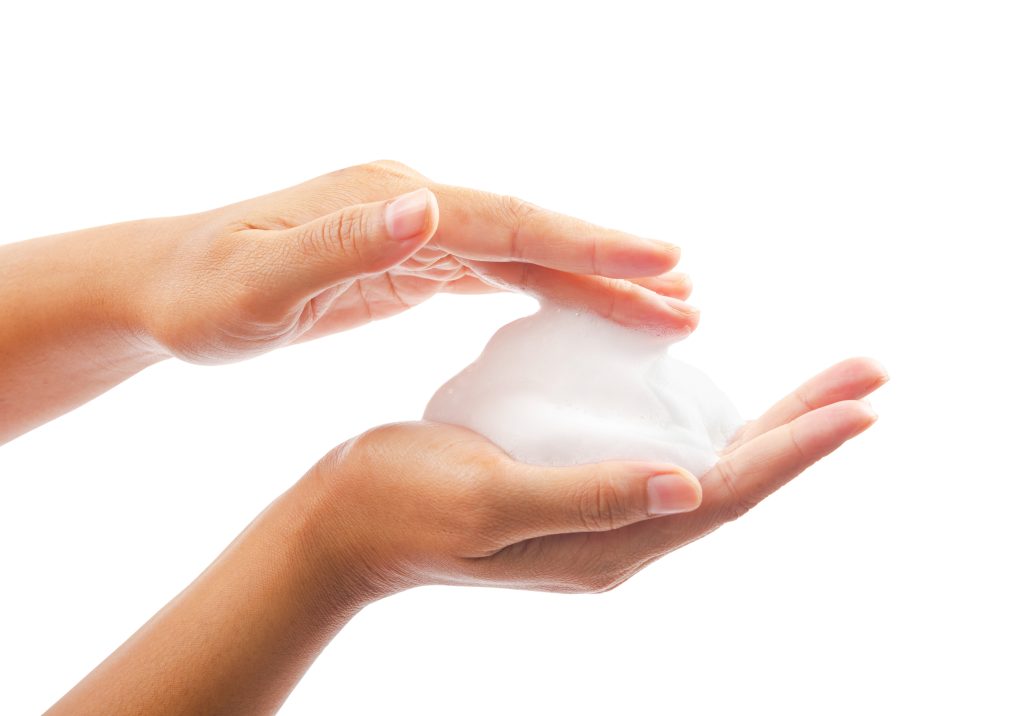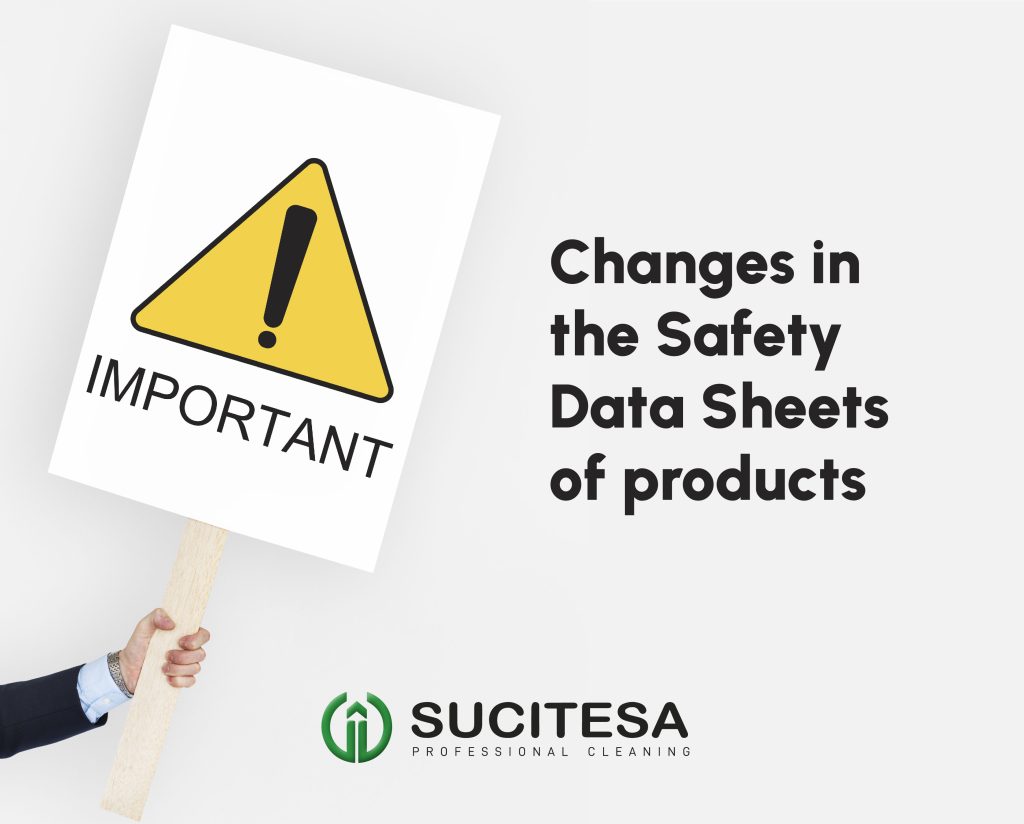Finally, it seems that we begin to see the light at the end of the tunnel. The numbers of infections and deaths from Coronavirus are going down, governments are relaxing restrictions by expanding hours and capacity, allowing spectators in sports and we can finally take off the mask in open spaces. But in any case, we shouldn´t forget the role of cleaning and disinfection of our establishments to control and prevention of diseases.
There may be a false sense of security that in outdoor spaces we are not going to get infected, of feeling safe, that everything has already happened. And while it is true that outdoors the risk of contagion by aerosols is much lower than in indoor areas, there is the same risk of contagion through contaminated hands, surfaces or objects. We must not lower our guard and take special care in eliminating the risk associated with these 4 points in outdoor spaces:

- Customers’ hands:
We know this because we have been told more than a million times: hand washing is the most effective way to prevent the transmission of diseases. And even so, to this day, there are establishments without hand soap in their toilets!
In any case, duly identified hand hygiene points must be made available to customers: mobile points such as our MULTI SUPPORT INOX or fixed systems such as our MAXI STATION for spaces with a large influx of customers.
- The hands of the workers
Workers are a possible way of surfaces and food contagion, therefore they must be trained and made aware of the importance of washing their hands frequently with water and disinfectant soap such as DERMOGEN or DERMOGEN FOAM at the beginning of the day, after going to the toilet, before handling food, etc. Between clients, when touching money, credit cards, etc. it is recommended to use a quick-drying antiseptic such as DERMOGEN DRY.
- Tables, chairs, hammocks, loungers:
All that furniture commonly used by customers is a possible source of disease transmission since we do not know if the customer who has used it, has coronavirus or has been in contact with a positive case.
Tables, chairs, hammocks, loungers, swings, children’s playgrounds, etc. These are objects that are used without a mask; it is possible that the drops released when speaking, breathing or eating contain coronavirus and have contaminated these spaces.
These objects must be disinfected between use and use with virucidal disinfectants such as BIONET, AQUAGENOL, ECOMIX PURE DISINFECTANT or AQUAGEN DBN PLUS.
- Exterior surfaces of massive use such as knobs, latches, phones, railings, pens, switches, ATMs, etc.
We must ensure that our establishment, both indoor and outdoor areas, meet the highest hygiene standards. We must find a way to convey that we care about the health of our clients and we try at all times to make them feel safe and enjoy their free time.
More than the obligation to comply with cleaning and disinfection protocols in food areas, it is highly recommended to also have protocols in other areas as well as specific ones for the coronavirus.
At SUCITESA we make our knowledge of hygiene and disinfection, regulations, and new hygiene techniques available to our clients through the SANIPLAN program, a digital platform that allows us to develop customized hygiene plans.

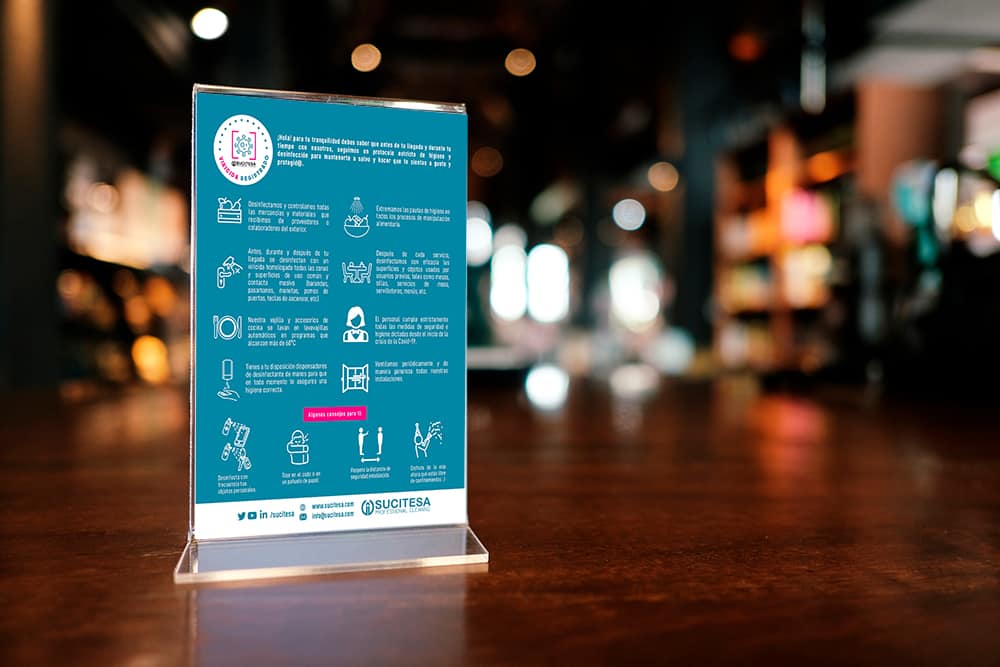

Once we have analyzed and established protocols and products for these points, how can we communicate to customers that their health is a priority for us? How do we transmit all these measurements?
SUCITESA has prepared guides with recommendations on cleaning and disinfection depending on each sector, and specific posters on cleaning and disinfection for the different areas of an establishment: food areas, bedrooms, toilets, dining rooms, outdoor spaces and even a quality seal recognizing the use of our disinfectants.
We invite you to consult the guides at this link! https://www.sucitesa.com/tienda/?necesidad-filtro=carteleria
